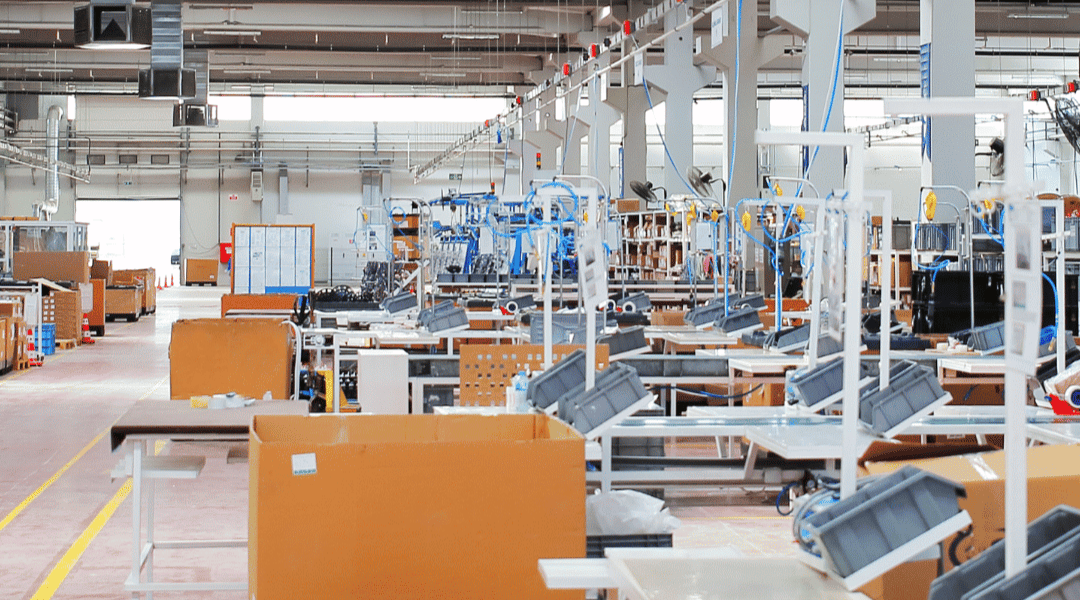Modern sign-making is made possible with the latest computerised routers, laser cutters and highly trained operators. In this article, we are looking at some of the hidden costs of do-it-yourself manufacturing.
The Right Machine For The Job
Machinery is a big part of modern manufacturing, and for every stage, there are many brands and types of equipment to make the process efficient. Factors that are easily overlooked include the time required to review the right pieces of equipment, as well as the installation and maintenance of this equipment. And size matters – take flat-bed routers for example – the smaller machines are considerably less expensive than the big ones, but each job that needs that bigger sign means the investment sits there idle.
Cutting Out The Middle Man
It seems logical that if you handle the manufacturing yourself, you will automatically save because you have one less supplier to pay. But think about what the manufacturing expert adds in value to the process. Firstly, their experience can prevent a costly error in specification or dimensions. Then knowing how to operate complex CNC cutters – it is not just “on the tools” knowledge, you must have a good grasp of computer operating, creating, and optimising cutting files. All the machines in the world ultimately need humans to make them work, and training and caring for manufacturing staff is a must.
Dust And Swarf, Tiny Pieces Creating A Big Problem
A few years ago, a dusty factory seemed normal, and part of how things are made. Now the safety of employees is (quite rightly) a prominent topic, and the government is not behind in enforcing this. Understanding the acceptable levels of respirable or inhalable dust is one thing, ensuring that your workshop is compliant is quite another. True, there are many companies offering dust extraction solutions, but factoring in the equipment purchase and running costs can make a surprising difference. Today signs are made from many materials, from natural products to metals, composites, foam boards and fibre boards, each type adds a new dimension in dust control. It goes without saying that unless the dust-producing equipment can be separated from the graphic lay-up area, you will have a headache indeed.
Space For Machines, Space For Stock
Heated and lit factory space is not free, and the most efficient machines may take up the most space, particularly if you want a good flow from one to another. Stock is the other point – if you were to make aluminium signs, many of the systems are made from bulk packs of long extrusion. The handling, storage and cutting of these requires plenty of space, particularly if time is not to be wasted.
Cash: The Bottom Line
All the considerations above will have a hidden cost, that will impact on the final profitability of the business. The danger is that when you cost up a project if you do not understand all the extra costs of manufacturing, your estimate is likely to be too low. This contrasts with buying the service from an established efficient manufacturer who can tell you exactly the final price before starting anything. Cash flow is another aspect – setting up and maintaining a factory with the latest equipment and trained operators is a big up-front cost that must be financed. Then, the best deals on raw materials come by buying in bulk ahead of the need. Compare this with simply paying for an item only when you need it, and after you have secured your customer’s order and deposit.
Summary: Is It Worth it?
The main point is not to just look at the component costs and add a bit of money to cover labour. We have pointed out some of the easily overlooked costs in setting up an efficient sign manufacturing process. The final answer will also take into account what other use you can make of your time and money that manufacturing would take. Then there is also “change”. Everything changes – if a new product or material comes out in the industry, will your factory become obsolete?


